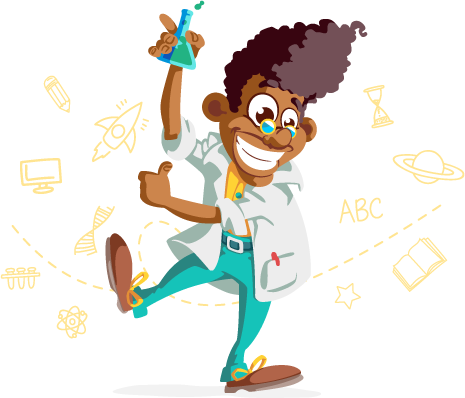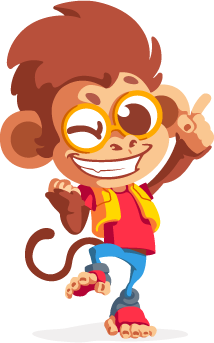Escola Games | Jogos Educativos
https://www.escolagames.com.br
Teacher's support sheet

Panda Puzzle
Pandas are so cute, don’t you think? They are on vacation and having fun. Come see what they are doing: solve the puzzle by switching the positions of the pieces. Each puzzle will show you how they are enjoying their vacation!

Teacher's tips
Level of education: Elementary School
Age: 04 to 08 years old
Puzzles are also a fun way to develop different thinking skills such as observing, comparing, analyzing and synthesizing. These abilities will be very important for children to learn to write, and they begin to develop these processes long before they know how to hold a pencil. The fact that the child manipulates the pieces to see if they fit helps to reinforce their motor skills, concentration skills and logical thinking. Puzzles can be done by the child alone, however, if they are done together with other children they are a great tool to promote cooperation. [FIM-DICA]
Learner outcomes
Stimulate learning;
Develop attention and logical thinking;
Develop motor coordination;
Favor the development of memory performance;
Develop different thinking skills such as: observe, compare, analyze and synthesize;
Analyze figures and expand the notions of composition and decomposition from the fragmentation of an image;
Perceive the different positions of fragmented figures in an image;
Teachers' goals
Offer the game as a didactic resource to fix the content worked in the classroom;
Work with students on motor skills, concentration skills and logical thinking;
Work on motor coordination through the use of the mouse;
Enable the development of different thinking skills, such as observation, comparison, analysis and the ability to synthesize;
Suggestions of approaches for the teacher
(Hint 1) Matching activities: memory game, connecting dots, finding matching pairs and units.
(Suggestion 2) Card game: ask students to bring two decks of cards to class. Ask them to assemble the cards according to some criteria: symbols, numbers, colors, etc.
(Suggestion 3) Print drawings and ask the students to paint with crayons, colored glue, colored pencils, then make cuts by fragmenting the drawing, shuffle it and ask the students to put it back together, simulating a jigsaw puzzle.
(Suggestion 4) For the initial grades (children's education) put together a puzzle with the student's name. The student's name can be written under the photo to make the activity even more enjoyable.
(Suggestion 5) Work on the 7 mistakes game.
(Suggestion 6) Human puzzle game activity, each student is a game piece, in which a figure determined by the teacher or the class will be built.
(Tip 7) Work with ride-on toys (LEGO style). Promote the construction of objects with these toys; houses, animals, cars, etc.
More about the content
Puzzles and puzzles were born more than 250 years ago and continue to entertain millions of children around the world. They are one of the toys that contribute most to improving children's educational experience. They help them develop and improve reasoning, increase visual and spatial perception and are also a great way to abstract and relax the mind. Depending on the themes of the puzzles, these can also teach them a wide variety of subjects; geometric shapes, alphabet, animals, numbers, colors, among others.
We recommend other games that have similar learning objectives and skills. Are they:
Puzzle
https://www.bestschoolgames.com/games/puzzle/
Monsters Puzzle
https://www.bestschoolgames.com/games/monstersPuzzle/
Animals Puzzle
https://www.bestschoolgames.com/games/animalsPuzzle/
Super Heroes Puzzle
https://www.bestschoolgames.com/games/superHeroesPuzzle/
Dog Puzzle
